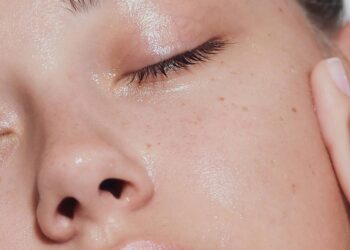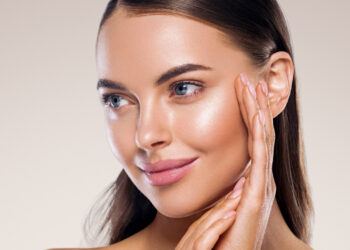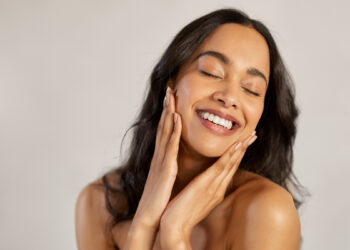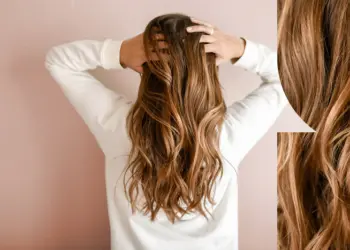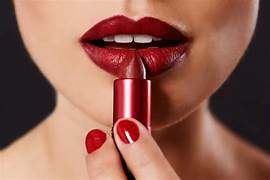The quest for eternal youth has been a human endeavor for centuries, but in the modern era, that pursuit is backed by an unprecedented understanding of biology and chemistry. The beauty industry, once built on hope in a jar, is now a science-driven field, with products formulated based on hard data and clinical studies. This comprehensive guide will take you on a journey into the science of anti-aging, demystifying the biological processes that cause our skin to age and revealing the key ingredients, technologies, and lifestyle choices that are clinically proven to help you maintain a vibrant, youthful complexion.
The Biology of Skin Aging
Before we can fight aging, we must understand its origins. The process is a complex interplay of internal and external factors that affect our skin on a cellular level.
A. Intrinsic Aging (The Genetic Clock): This is the natural, chronological aging that is determined by our genes. As we get older, our cells divide more slowly, and the production of key proteins in our skin, namely collagen and elastin, declines. Collagen provides firmness and structure, while elastin gives the skin its ability to bounce back. The natural reduction of these proteins leads to sagging, fine lines, and wrinkles. Additionally, our skin’s ability to retain moisture diminishes, leading to dryness and a loss of plumpness.
B. Extrinsic Aging (Environmental Damage): This form of aging is caused by external factors and is largely preventable. The primary culprit is ultraviolet (UV) radiation from the sun, a process known as photoaging. UV rays penetrate the skin, generating destructive molecules called free radicals that damage DNA and break down collagen and elastin fibers at an accelerated rate. Other extrinsic factors include pollution, smoking, poor diet, and inadequate sleep, all of which contribute to oxidative stress and inflammation that manifest as wrinkles, hyperpigmentation, and a rough texture.
The Powerhouse Anti-Aging Ingredients
Not all ingredients are created equal. The most effective anti-aging products contain a few key active ingredients that have been extensively studied and proven to deliver results.
A. Retinoids (Vitamin A Derivatives): Often considered the undisputed gold standard in anti-aging skincare, retinoids work on a cellular level to speed up cell turnover, which helps to unclog pores and fade hyperpigmentation. Most importantly, they stimulate the production of new collagen and elastin, effectively reducing the appearance of fine lines and wrinkles. While powerful, retinoids require a slow introduction to prevent irritation.
B. Antioxidants: These are the skin’s defense against free radicals. Antioxidants like Vitamin C and Vitamin E neutralize these unstable molecules before they can cause damage. Vitamin C, in particular, is a multi-tasker; it not only protects but also brightens the skin and directly aids in the synthesis of new collagen. Other potent antioxidants include niacinamide, green tea extract, and ferulic acid.
C. Peptides: These are short chains of amino acids that serve as the building blocks of proteins. When applied topically, different types of peptides can send signals to skin cells to perform specific functions, such as producing more collagen. They work in a synergistic way with other ingredients and are particularly effective for firming the skin and improving elasticity.
D. Hyaluronic Acid: Don’t let the name fool you; this isn’t an acid that exfoliates. It’s a powerful humectant—a substance that attracts and holds moisture. A single molecule of hyaluronic acid can hold up to 1,000 times its weight in water. By drawing moisture into the upper layers of the skin, it instantly plumps it up, which helps to smooth out fine lines and give the skin a dewy, supple appearance.
E. Alpha Hydroxy Acids (AHAs) and Beta Hydroxy Acids (BHAs): These are chemical exfoliants that work by dissolving the “glue” that holds dead skin cells together. This process reveals the newer, healthier skin cells underneath. AHAs, like glycolic and lactic acid, are excellent for improving skin texture and reducing fine lines, while BHAs, like salicylic acid, are perfect for oily or acne-prone skin because they can penetrate pores to clear out blockages.
The Non-Negotiable: Sunscreen
If you were to use only one anti-aging product, it should be a broad-spectrum sunscreen. It is the single most effective tool for preventing premature aging.
A. The Mechanism of Sun Damage: UVA rays are the primary culprits in photoaging. They penetrate deep into the skin’s dermis, where they damage the existing collagen and elastin network, leading to sagging and wrinkles. UVB rays are responsible for sunburn and can also cause DNA damage that leads to skin cancer. A broad-spectrum sunscreen protects against both.
B. The Right Way to Use Sunscreen: To be effective, sunscreen must be applied daily, regardless of the weather or your location. The recommended amount is a quarter-sized dollop for the face and neck. Reapplying every two hours, especially if you’re outdoors, is crucial. This consistent habit is the most powerful anti-aging strategy there is.
Beyond the Jar: Lifestyle and Technology
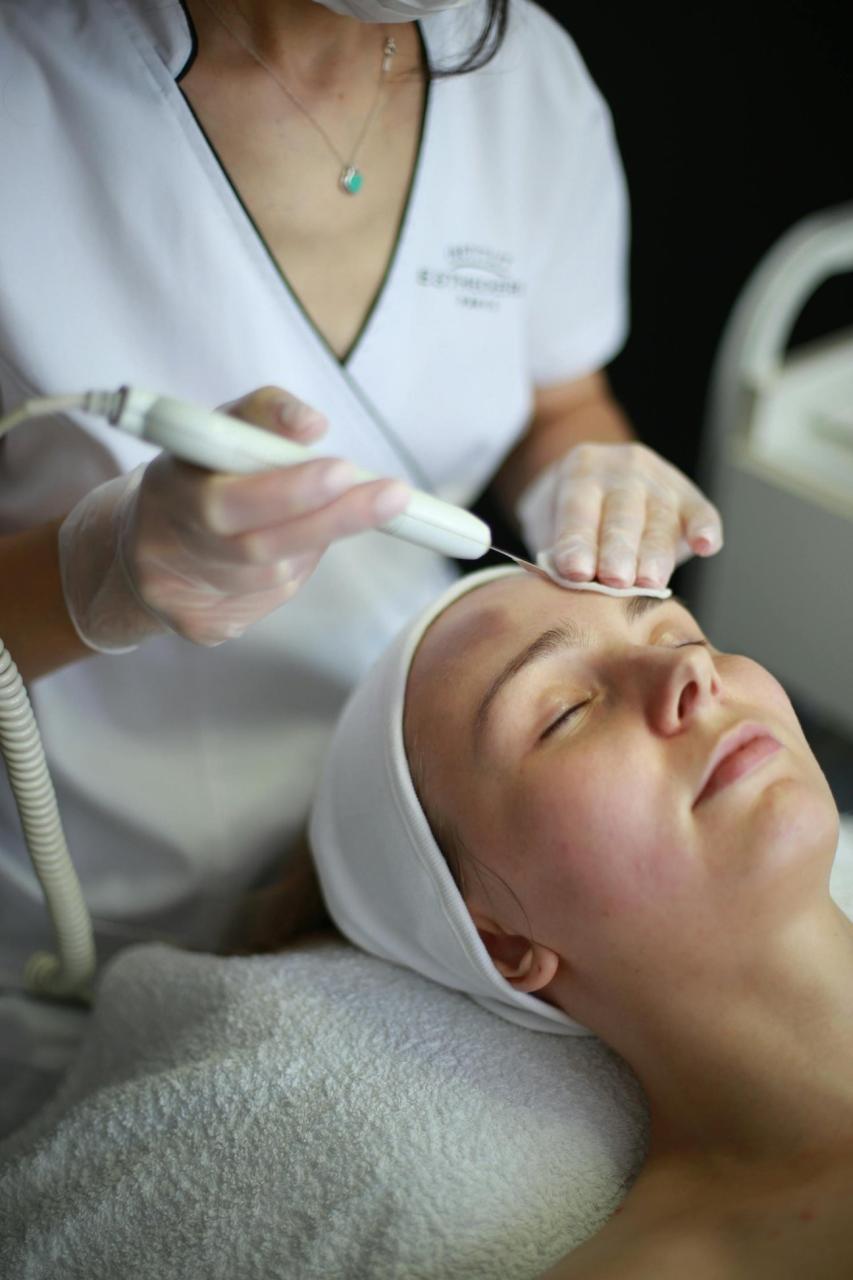
The science of anti-aging is not limited to topical products. Your lifestyle choices and modern technology play an equally important role.
A. A Holistic Lifestyle:
- Nutrition: A diet rich in antioxidants (from fruits and vegetables), healthy fats (from nuts and fish), and lean protein provides the building blocks for healthy skin.
- Hydration: Drinking enough water helps maintain skin elasticity and keeps cells plump and well-hydrated.
- Sleep: During deep sleep, your body repairs itself, and this includes your skin cells. A lack of sleep can increase cortisol levels, a stress hormone that can lead to inflammation and accelerated aging.
- Stress Management: Chronic stress can lead to skin problems. Practicing mindfulness, exercise, or meditation can help reduce cortisol and its damaging effects.
B. The Rise of Beauty Tech: The consumer beauty market now offers sophisticated devices that were once only found in a dermatologist’s office.
- LED Light Therapy: At-home LED masks use specific wavelengths of light to target concerns. Red light therapy, for example, penetrates the skin to stimulate the mitochondria in cells, boosting collagen production and promoting healing.
- Microcurrent Devices: Often called a “non-surgical facelift,” these devices deliver a low-level electrical current that tones and firms the facial muscles, improving contour and definition.
- Microneedling: At-home microneedling pens create controlled micro-channels in the skin, triggering the body’s natural healing response and stimulating a significant boost in collagen and elastin.
In conclusion, the science of anti-aging is a powerful combination of prevention and intervention. By understanding the biological processes of aging and using products with clinically proven ingredients, you can build a highly effective skincare routine. When you combine this with a healthy lifestyle and the smart application of modern technology, you have a holistic strategy to protect your skin, slow down the aging process, and maintain a youthful, radiant complexion for years to come.


